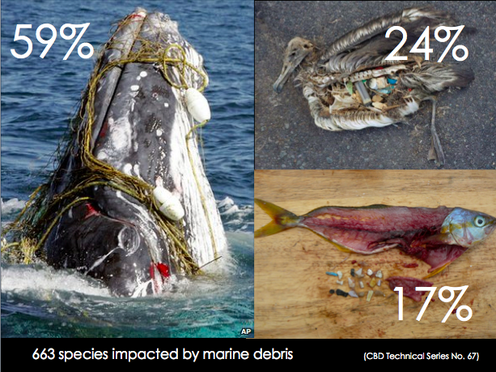
I never know what I'm going to see each day. Some days I see zero trash (that's happened twice so far), and I just enjoy the wildlife. Usually I see 2-8 pieces of plastic trash per day. I'm pleasantly surprised that it's this little so far. When I see something bright colored, I head over to it, expecting that it's plastic. Sometimes it's actually a sun-bleached beaver-chewn log or a wilting lily pad leaf instead. One time I thought I saw a desk chair upside down poking out of the river, and when I arrived, it was just some logs and branches. And that's sort of the problem. While I think I see plastic in nature, nature thinks it sees nature, and sometimes it ends up being plastic.
There are so many stories of turtles mistaking plastic bags for jellyfish, fish mistaking microplastics for plankton. Dolphins and turtles getting tangled and mangled inside plastic rope and rings. When wildlife eat plastic, they can become malnourished or starve to death, and their bodies absorb the hormones released from the plastic. If the wildlife happens to be food in our own food chain (i.e. fish), we absorb these hormones too (bioaccumulation). Liver damage and estrogenic effects (feminized males and decreased neonatal function) are some of the common negative effects.
There are so many stories of turtles mistaking plastic bags for jellyfish, fish mistaking microplastics for plankton. Dolphins and turtles getting tangled and mangled inside plastic rope and rings. When wildlife eat plastic, they can become malnourished or starve to death, and their bodies absorb the hormones released from the plastic. If the wildlife happens to be food in our own food chain (i.e. fish), we absorb these hormones too (bioaccumulation). Liver damage and estrogenic effects (feminized males and decreased neonatal function) are some of the common negative effects.
Solutions:
1. Behavior. In order of importance... We, as consumers, need to demand corporate responsibility, so that things are designed for recovery (recyclability) or for environmental health! It is also our responsibility to reduce the amount of plastic we use in our daily life. And finally, the plastic that we use, we need to recycle.
2. Waste Management. Encourage your local waste management system to adopt best practices if they don't already. Ask your locally elected officials to support this. (Also, ask for a tour sometime of your waste management plant--it's fascinating and makes a great field trip!)
3. Design. Plastics manufacturers blame the user for littering or not recycling, but if the items weren't non-biodegradable, single-use, and/or "disposable," in the first place, these problems would not be issues.
Several of these images I've used with permission from 5Gyres.org. Thank you for your support, 5Gyres!
2. Waste Management. Encourage your local waste management system to adopt best practices if they don't already. Ask your locally elected officials to support this. (Also, ask for a tour sometime of your waste management plant--it's fascinating and makes a great field trip!)
3. Design. Plastics manufacturers blame the user for littering or not recycling, but if the items weren't non-biodegradable, single-use, and/or "disposable," in the first place, these problems would not be issues.
Several of these images I've used with permission from 5Gyres.org. Thank you for your support, 5Gyres!
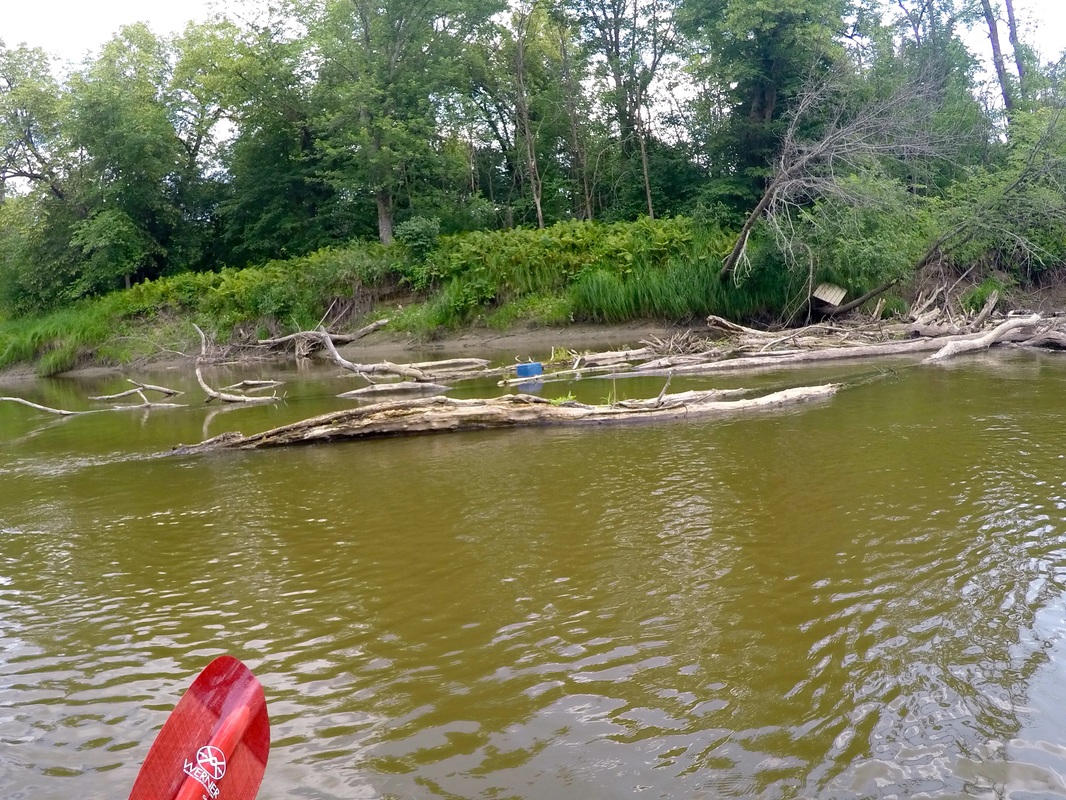
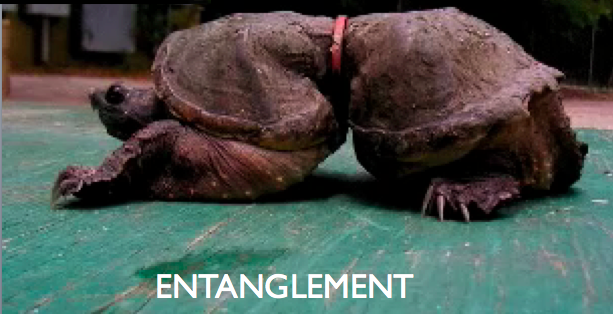
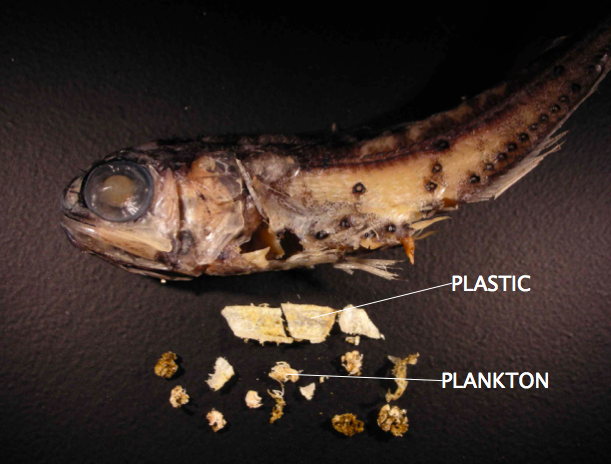
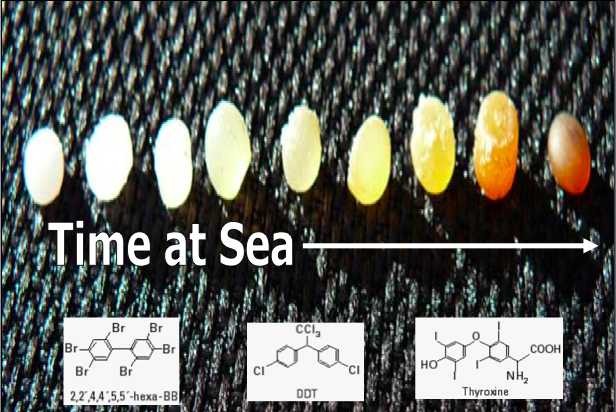
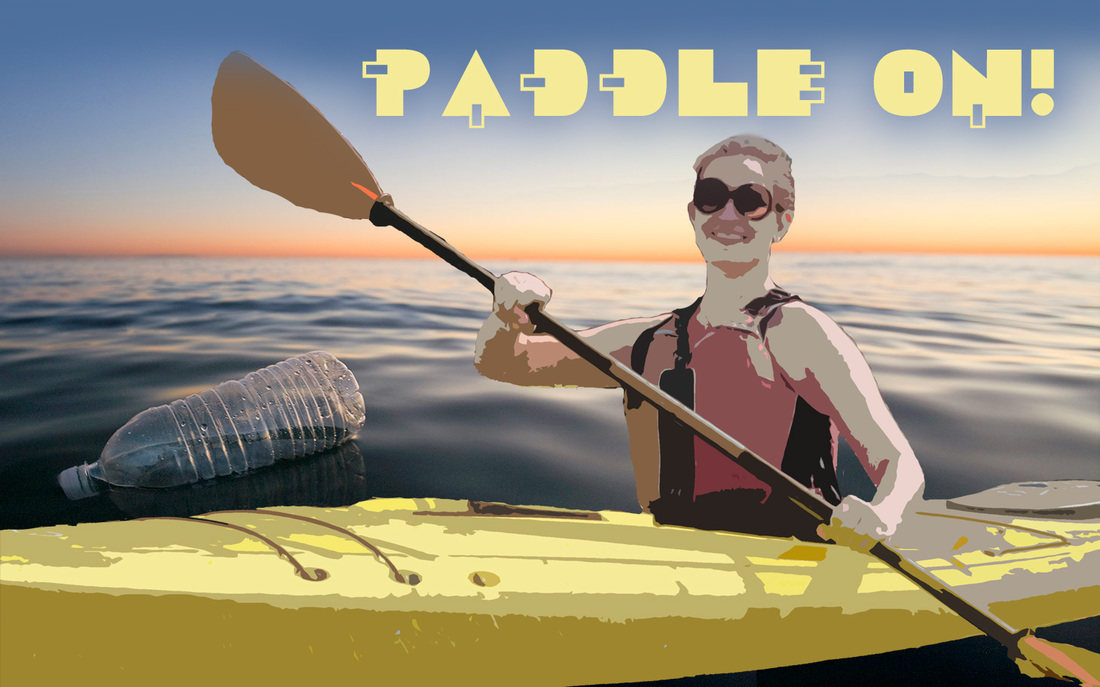
 RSS Feed
RSS Feed
